How to Plan and Grow a Butterfly Garden to Encourage Local Wildlife
Butterfly gardens aren’t just pretty to look at. They help support nearby plants and wildlife while bringing life and color right to your backyard. These gardens give butterflies and other beneficial insects a place to eat, rest, and even raise their young.
When you set up a butterfly garden, you’re doing more than planting flowers. You’re creating a little safe space that helps your local environment stay strong and balanced. Even a small garden can make a big difference.
This post may contain affiliate links, which helps keep this content free. Please read our disclosure for more info.
Why Butterfly Gardens Matter
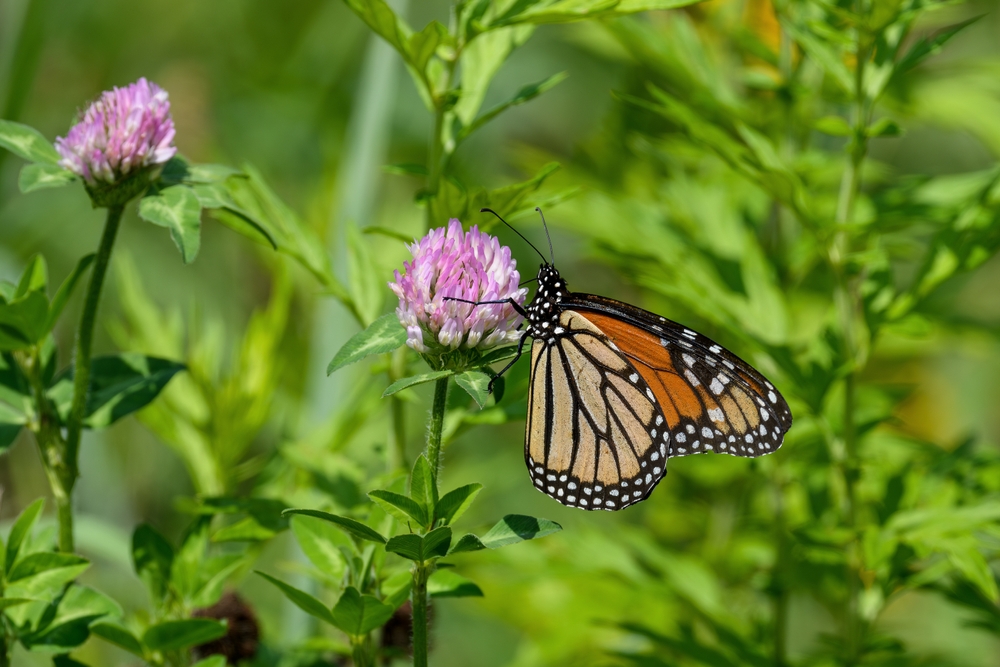
Butterflies play a big part in pollinating flowers. As they fly from one bloom to the next, they help plants grow fruits, seeds, and vegetables. Along with bees and other insects, butterflies help keep nature running the way it should.
A good butterfly garden also brings in birds, bees, and other pollinators. These visitors create a steady rhythm of activity that supports more than just flowers. The plants feed the pollinators, and the pollinators help the plants grow.
Some butterfly species are disappearing because of things like habitat loss and chemicals in yards and farms. Growing a butterfly garden is one way to bring them back, starting right outside your door.
Choosing the Right Location for Your Butterfly Garden
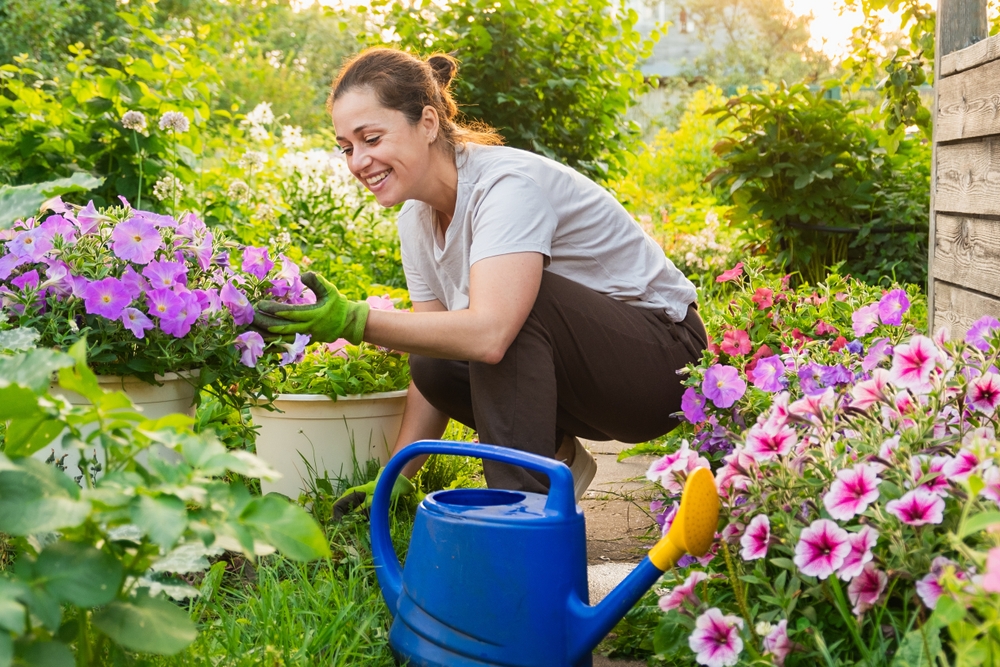
Butterflies love sunny spots, so make sure your garden gets at least six hours of sun a day. Warmth helps them stay active and makes it easier for flowers to bloom.
You’ll also want to think about wind protection and drainage. Both can make a big difference in how your garden performs.
Here are a few tips when picking your garden spot.
- Look for an area that gets morning and midday sun
- Use shrubs or fencing to block strong winds
- Choose soil that drains well, or improve it with compost or sand
Once you’ve picked your spot, give it a little time to settle in. You’ll start noticing which areas stay sunny, where the water drains fastest, and how butterflies move through the space.
Essential Plants for a Butterfly Garden

Flowers packed with nectar are what adult butterflies are drawn to. Some good choices include milkweed, echinacea, and butterfly bush. These are like a buffet for hungry pollinators.
To keep butterflies around, you’ll also need plants for their caterpillars. These are called host plants, and they’re just as important. Try adding parsley, fennel, dill, and even wild grasses.
Sticking to native plants usually means less upkeep and better results. They’re more likely to support butterflies that already live in your area.
Creating Layers and Diversity in Your Garden
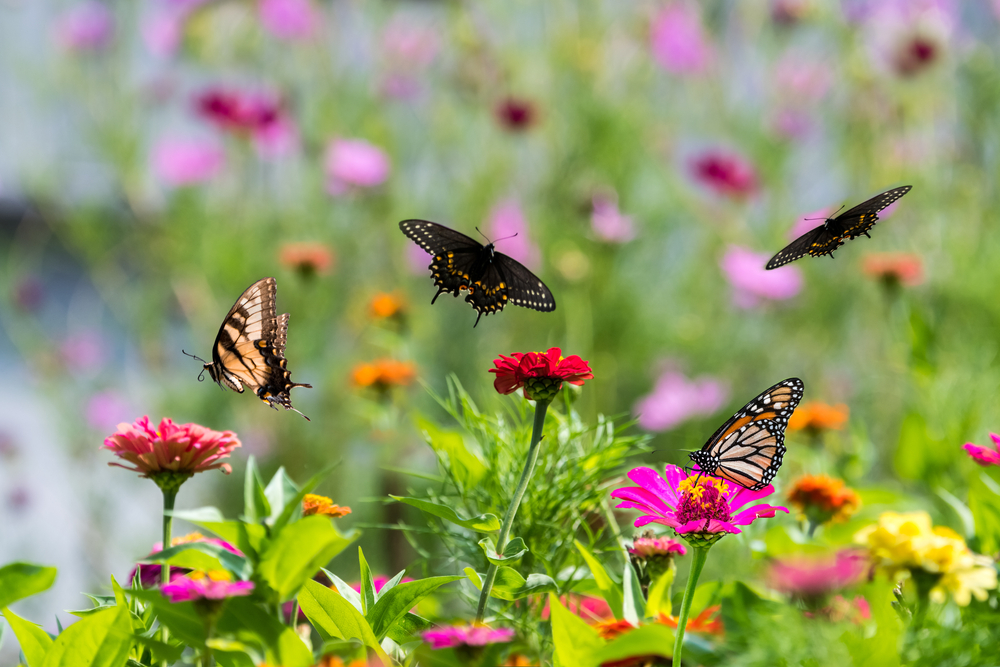
Butterflies prefer gardens with layers. A mix of ground covers, medium-sized plants, and taller flowers gives them more places to feed and hide.
When you have a variety of heights and shapes, you’ll attract more species. Some butterflies like to rest low to the ground, while others prefer taller plants or shady spots under shrubs.
Maintaining Your Butterfly Garden
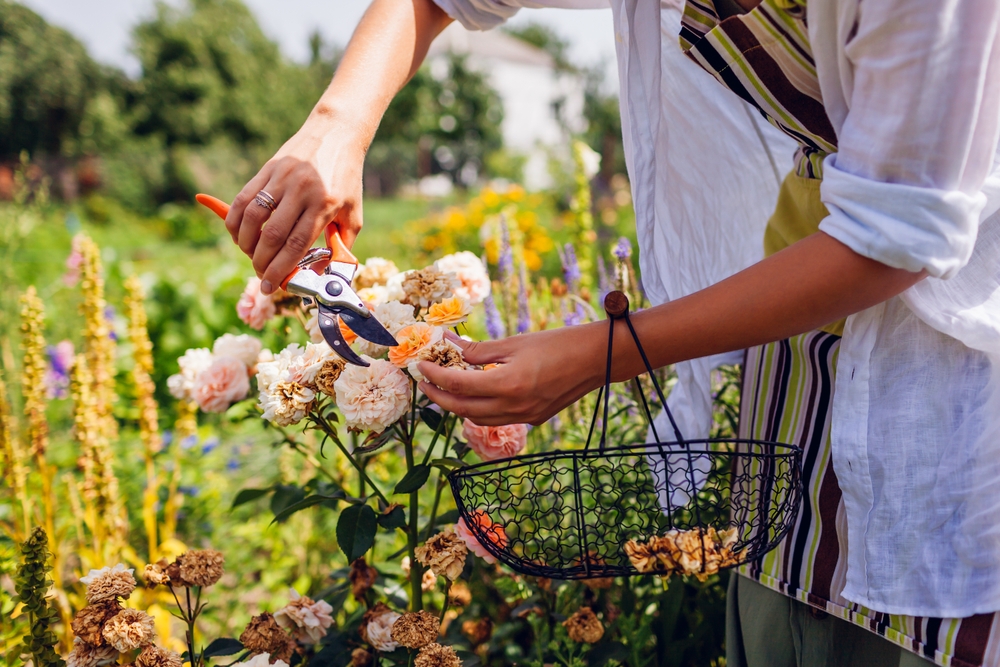
Keep your garden watered, especially during dry spells. Early morning is usually the best time to water, so plants have moisture throughout the day.
Deadheading, or removing old flowers, keeps plants blooming longer. Trim back overgrown parts to let in sunlight and air, which helps prevent disease.
Skip chemical sprays. Many pesticides harm the very insects you’re trying to help. Hand-pick pests when you see them, or try planting flowers that attract good bugs like ladybugs and lacewings to keep harmful ones in check.
Attracting More Butterflies with Additional Features
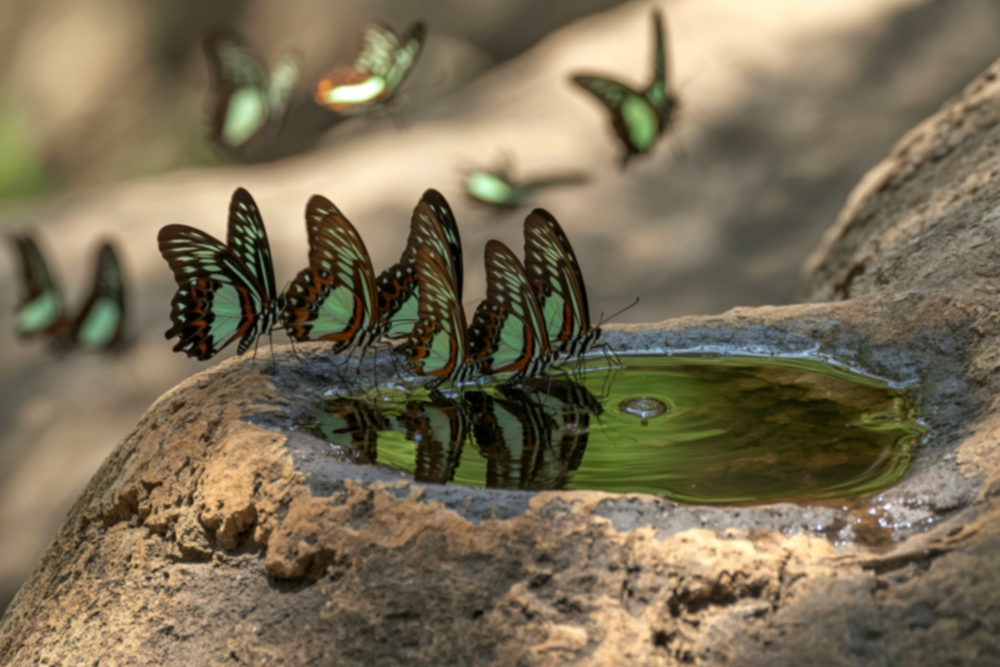
Butterfly houses give these insects a place to rest and stay safe during bad weather. You can find one at a garden center or even build one yourself.
Adding simple water sources is another way to draw more visitors. Butterflies need hydration too, and they often prefer shallow areas. Consider these options to help butterflies in your garden.
- A shallow dish with stones and water
- Birdbaths with flat landing areas
- A small pond or basin with mud for puddling
- Decorative items like logs or windbreaks to make the space more inviting
These extras don’t just help butterflies. They also make your garden a peaceful place to spend time in.
Creating a Year-Round Butterfly Habitat

Try to plan your garden so that something is blooming from early spring through late fall. This keeps butterflies coming back and helps new ones hatch and grow.
In winter, leave some parts of the garden alone. Don’t cut everything back. Some butterfly larvae hide in plant stems or leaf piles to survive the cold.
Even if butterflies aren’t flying around in winter, they’re still there. Giving them shelter helps them return each year stronger than before.
Common Challenges and How to Overcome Them
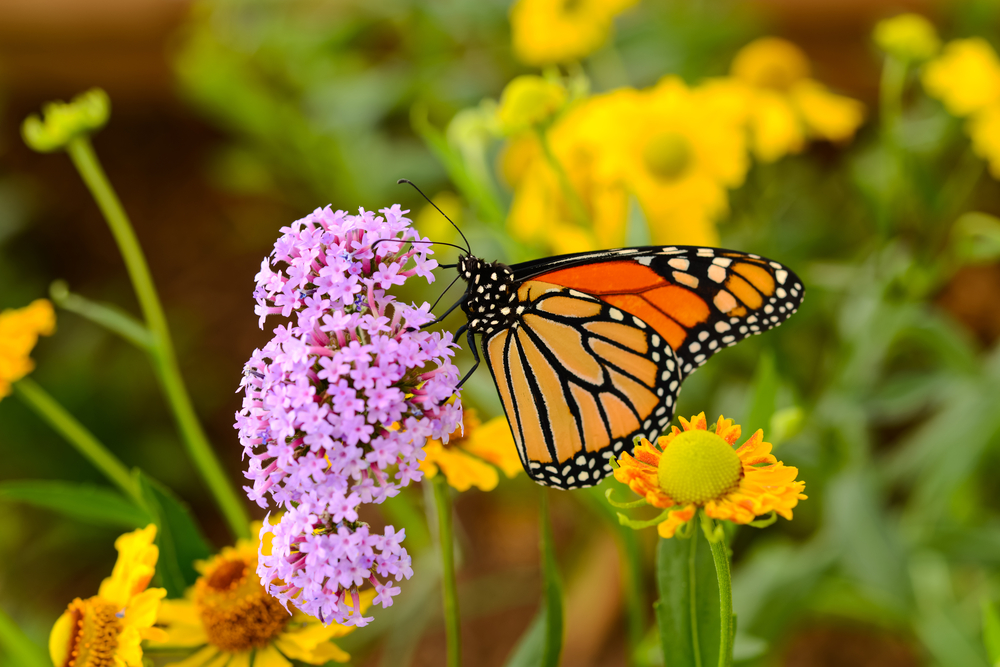
Sometimes pests like aphids or beetles might go after your butterfly plants. Try spraying with water or bringing in helpful bugs like ladybugs to keep things under control.
Watch out for invasive plants that can take over your garden. These can crowd out the good plants that butterflies rely on. Pull them out early before they spread too far.
Starting a butterfly garden is a great way to bring more life into your space. From choosing sunny spots to picking the right plants, it doesn’t take much to make your yard butterfly-friendly.
As your garden grows, it’ll help butterflies, birds, and bees thrive. Every bloom, every puddle, and every caterpillar helps build a healthier backyard and a stronger neighborhood for local wildlife.
This article originally appeared on Avocadu.
